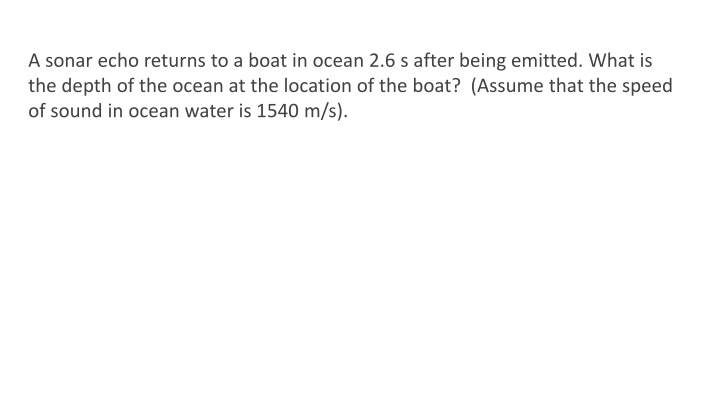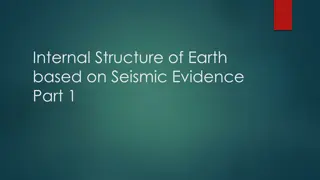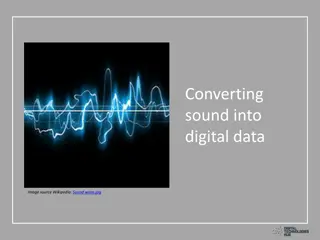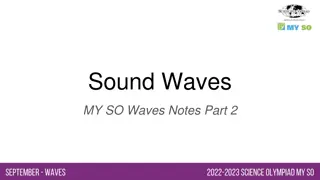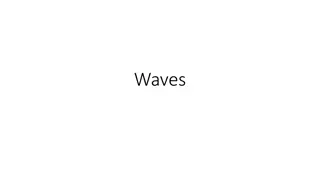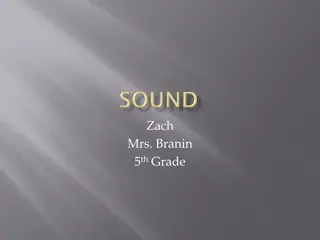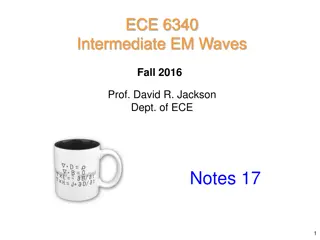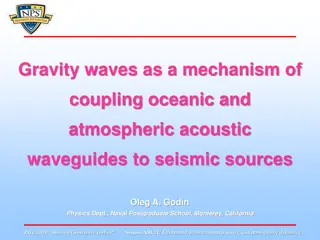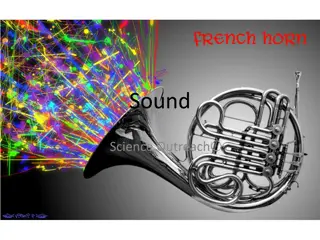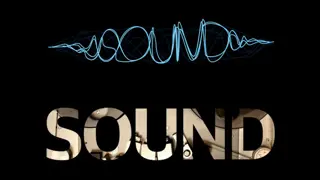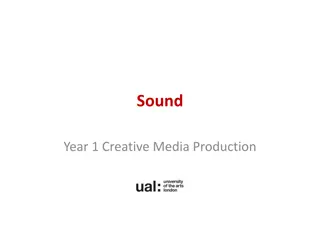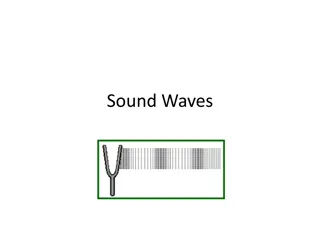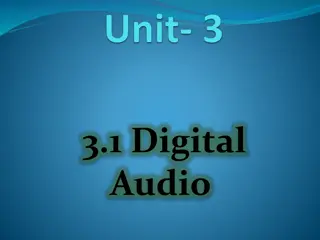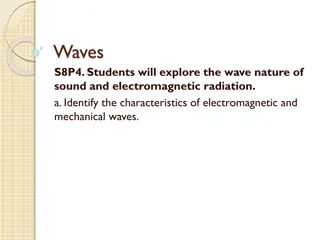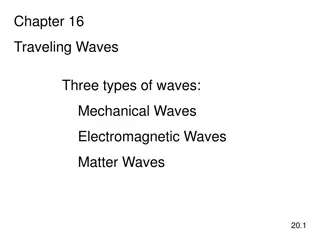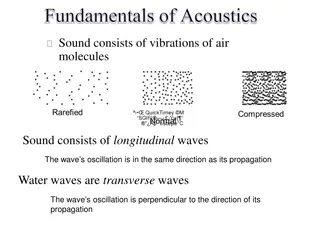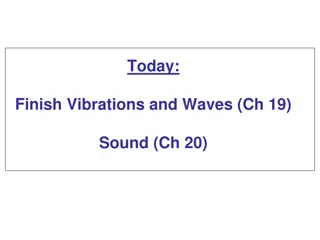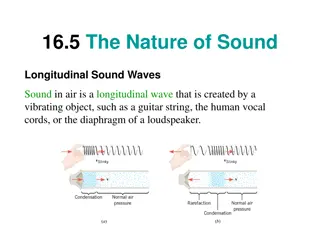Sound Waves and Intensity Problems
Challenging physics problems involving sound waves, ocean depth calculation, radio wave wavelength determination, sound intensity calculations, and Doppler effect scenarios. Test your knowledge and problem-solving skills in the exciting world of wave physics.
Download Presentation

Please find below an Image/Link to download the presentation.
The content on the website is provided AS IS for your information and personal use only. It may not be sold, licensed, or shared on other websites without obtaining consent from the author.If you encounter any issues during the download, it is possible that the publisher has removed the file from their server.
You are allowed to download the files provided on this website for personal or commercial use, subject to the condition that they are used lawfully. All files are the property of their respective owners.
The content on the website is provided AS IS for your information and personal use only. It may not be sold, licensed, or shared on other websites without obtaining consent from the author.
E N D
Presentation Transcript
A sonar echo returns to a boat in ocean 2.6 s after being emitted. What is the depth of the ocean at the location of the boat? (Assume that the speed of sound in ocean water is 1540 m/s).
What is the wavelength of the 96 MHz (M = 106) radio waves? Assume a speed of light o 3.0 x 108 m/s. Express the numeral of your answer in SI units with 3 or more significant figures.
Sound Intensity The sound intensity I is defined as the sound power P that passes perpendicularly through a surface divided by the area A of that surface: P. A 75 W speaker emits sound radially and uniformly in all directions. What will be the intensity of sound in W/m2at 3.5 m from this speaker?
16. What sound intensity level in dB is produced by earphones that create an intensity of ? I0 = 1
v v v . = o f f o s v s P34. A commuter train blows its 200-Hz horn as it approaches a crossing. The speed of sound is 335 m/s. (a) An observer waiting at the crossing receives a frequency of 208 Hz. What is the speed of the train? (b) What frequency does the observer receive as the train moves away?
